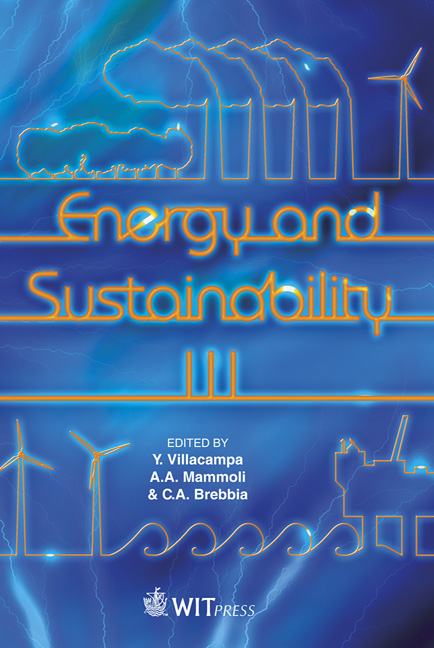Subsidising Renewable Electricity In Estonia
Price
Free (open access)
Transaction
Volume
143
Pages
12
Page Range
229 - 240
Published
2011
Size
381 kb
Paper DOI
10.2495/ESUS110201
Copyright
WIT Press
Author(s)
J. Kleesmaa, S. Pädam & Ü. Ehrlich
Abstract
The purpose of this paper is to assess the impact of Estonia’s feed-in tariffs (FIT) on combined heat and power (CHP) plants. The assessment follows previous practice and provides a novel approach by including a case study based on company data. The results of our assessment show that the Estonian FIT system has effectively supported the establishment of CHP capacity and that the administrative costs have been low. In contrast to experiences in other countries we find that the avoided external costs exceed the per MWh cost of FIT. Another feature is that the consumer costs of the FIT scheme have grown more rapidly than elsewhere. Although avoided external costs cover FIT, resources are not used cost-effectively. The case study of two CHP plants suggests that resources are used for supporting production that would have been profitable without FIT. Keywords: renewable electri , feed-in tariffs, CHP, energy policy, Estonia.
Keywords
renewable electri , feed-in tariffs, CHP, energy policy, Estonia





